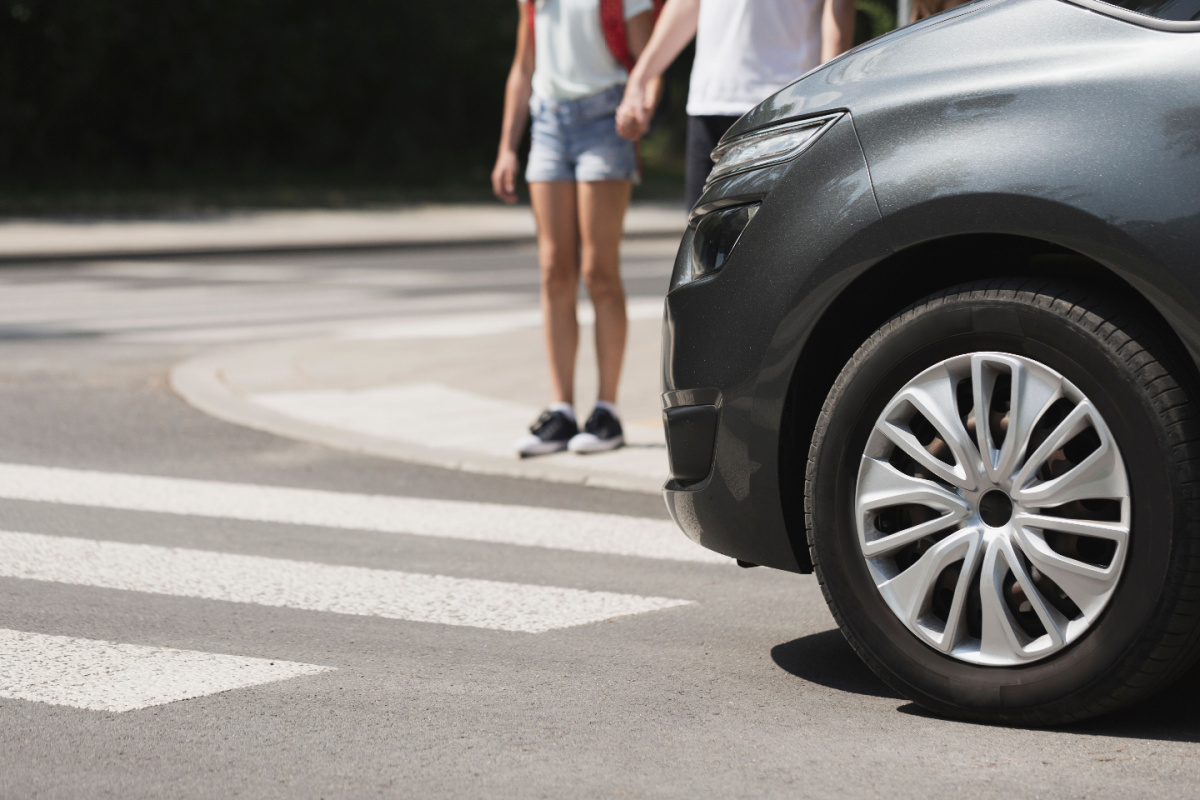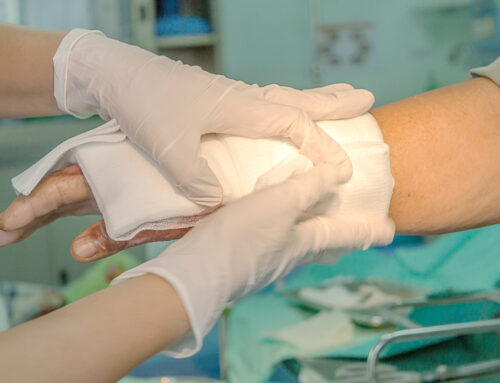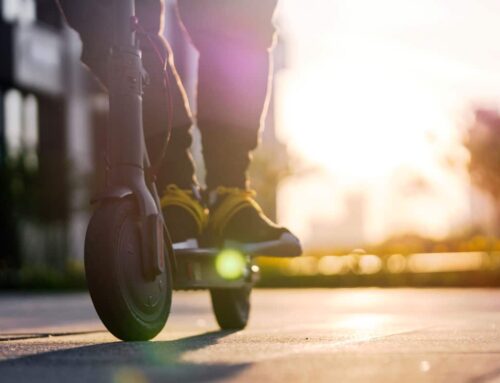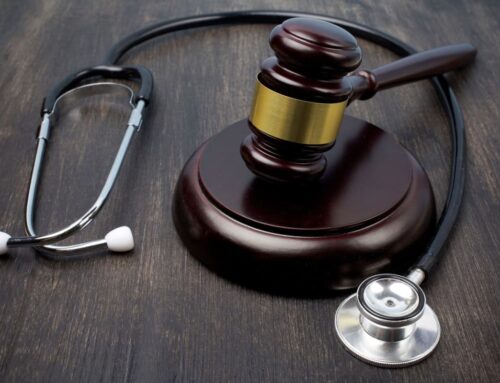According to the Louisiana Highway Safety Commission, there were 146 pedestrian deaths and 1206 pedestrian injuries in 2023. In Louisiana, pedestrian accidents often involve complex legal considerations, especially determining who is at fault. The state follows a comparative fault system, which means in an accident, both the driver and the pedestrian can be found partly responsible. This approach differs significantly from other states where a single party might be held entirely accountable.
Under the comparative fault rule, the amount of compensation a pedestrian can receive is reduced by their percentage of fault. For example, if a pedestrian is found to be 20% responsible for an accident, their compensation will be reduced by 20%. This system aims to allocate damages fairly and rationally, reflecting each party’s contribution to the accident. It’s important for individuals involved in such incidents to understand how this law works, as it directly impacts the outcome of their claims and potential compensation.
Navigating Liability: How Fault is Determined in Pedestrian Injury Cases
In pedestrian injury cases, determining who is at fault involves examining the actions of everyone involved. Louisiana law requires a careful look at both pedestrians’ and drivers’ behavior. The key question is: Who acted carelessly, and how did this contribute to the accident? For instance, if a driver ignored a red light and hit a pedestrian legally crossing the road, the driver would likely bear most of the blame.
However, if the pedestrian was crossing against the signal, they may also be partly at fault. The process of figuring out faults is not always straightforward. Factors like speed, distractions, and adherence to traffic laws play a significant role. Sometimes, both the driver and pedestrian share the blame, and the law adjusts the compensation accordingly. In these cases, a detailed examination of the incident’s circumstances is vital to understand the liability.
Maximizing Compensation: Strategies for Pedestrian Accident Victims
For victims of pedestrian accidents, understanding how to maximize compensation is important. Compensation often depends on the extent of injuries and the impact on the victim’s life. Documenting everything related to the accident plays a significant role. This includes medical records showing the severity of injuries and records of lost wages, if the injuries prevented work.
Photographs of the accident scene and injuries, along with statements from witnesses, add substantial support to a claim. These pieces of evidence can demonstrate the severity of the accident and its repercussions on the victim’s life. It’s also vital to keep track of any ongoing treatments and their costs, as these expenses can be included in the compensation.
Lastly, being mindful of deadlines is important. Each state has a time limit for filing a claim, known as the statute of limitations. Missing this deadline can mean losing the right to compensation altogether.
Comparative Fault 101: Basics Every Louisiana Pedestrian Should Know
In Louisiana, understanding the basics of comparative fault is important for pedestrians. This legal concept impacts how fault is determined in accidents involving pedestrians. Essentially, comparative fault means more than one party can be responsible in an accident. Each person’s fault level is assessed, affecting the outcome of any claims.
For instance, if a pedestrian is hit by a car, the situation is examined to see if the pedestrian played any role in causing the accident. Perhaps they crossed the street without looking or ignored traffic signals and may be partially at fault. The key point in comparative fault is the responsibility for an accident is shared based on each person’s actions. The final compensation a pedestrian receives is adjusted according to their percentage of fault. This system aims to ensure a fair and balanced approach to resolving such incidents.
Legal Insights: Proving Negligence in Pedestrian Accident Claims
In pedestrian accident claims, proving negligence is a key step. Negligence means someone didn’t take reasonable care to avoid causing harm. In these cases, it’s about showing the driver didn’t act as a careful person would under similar circumstances, leading to the accident.
For instance, if a driver was texting and not watching the road when they hit a pedestrian, this could be considered negligence. Proving it involves gathering evidence like traffic camera footage, eyewitness statements, and police reports. These pieces of evidence can show what the driver was doing during the accident and whether it was reasonable.
Additionally, showing the link between the driver’s actions and the injuries sustained is crucial. Medical records play a big role here, providing details about the injuries and how they connect to the accident. By demonstrating the driver’s negligence, the foundation of a strong claim is established.
Common Misconceptions About Fault in Pedestrian Accidents
Many people hold misconceptions about fault in pedestrian accidents. One common belief is the driver is always at fault. However, this is not always true. In Louisiana, the law considers the actions of both the driver and the pedestrian. If pedestrians act carelessly, like jaywalking or crossing against a traffic signal, they may share the blame.
Also, some assume minor injuries don’t matter. Even small injuries can have lasting effects and deserve attention in a claim. It’s important to look at each accident individually, considering all the facts and circumstances, to understand fault and compensation accurately.
Critical Steps to Take Following a Pedestrian Accident in Louisiana
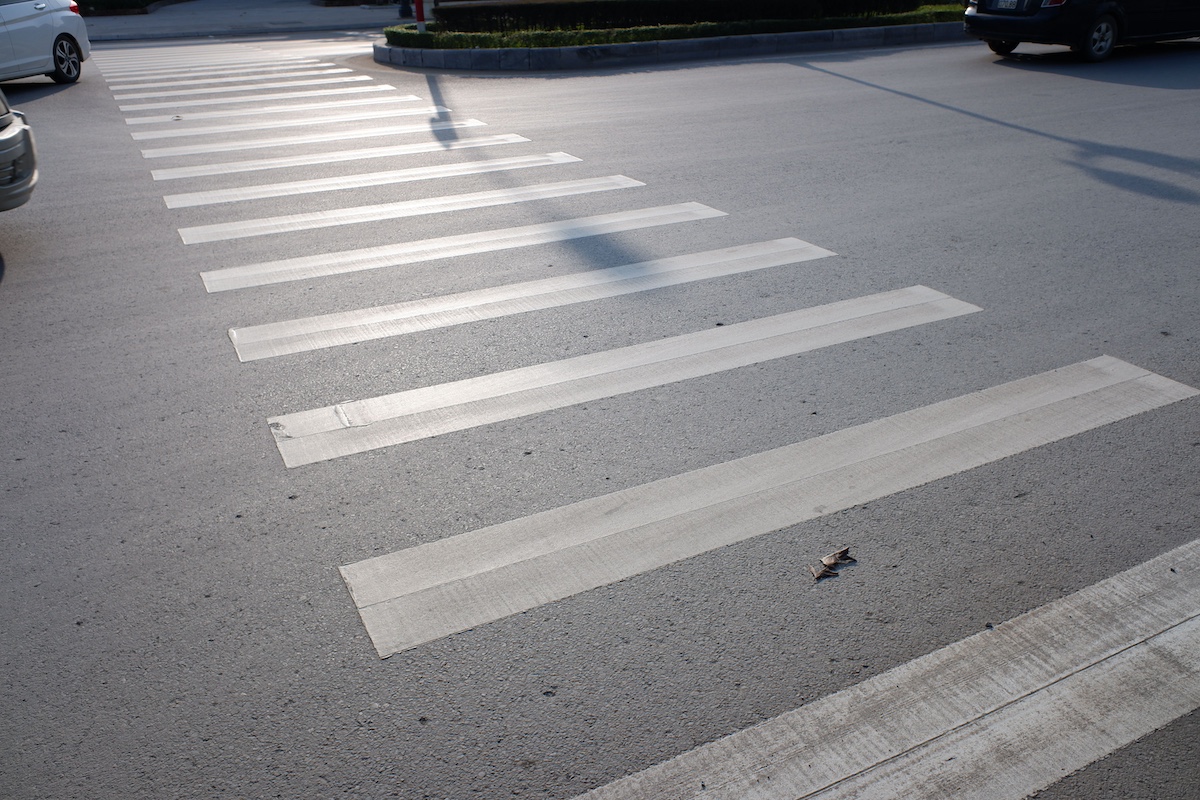
Following a pedestrian accident in Louisiana, several steps are vital to ensure safety and protect interests. First, it’s important to seek medical attention, even if injuries seem minor. Documenting these injuries can be important later.
Next, if possible, gather evidence from the accident scene. This includes taking photos of the location, the vehicle involved, and any injuries. Also, getting their contact information can be helpful if there are witnesses.
Reporting the accident to the police is another key step. A police report provides an official incident record, which can be useful later.
Additionally, keeping track of all related expenses is advisable. This includes medical bills, lost wages, and any other costs related to the accident. Having a detailed record of these expenses can be important when addressing the financial impact of the accident.
Finally, maintaining a record of the accident’s impact on daily life, such as pain levels or activities you can no longer perform, can provide a comprehensive view of the accident’s effects.
Our experienced team is ready to guide you through your options, ensuring your interests are adequately represented and your rights are protected. Don’t hesitate to reach out or call 504-526-2222 for a free consultation.



